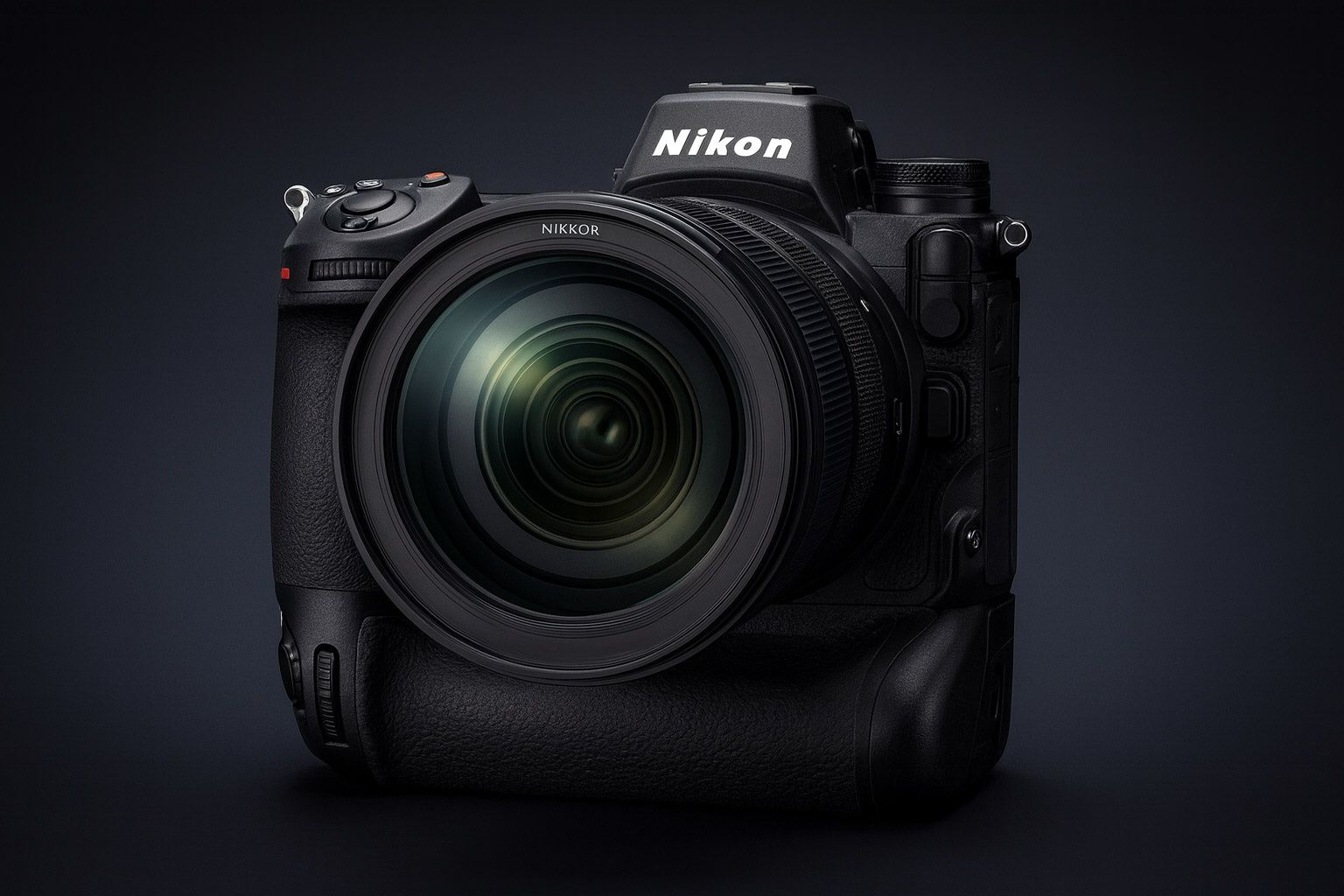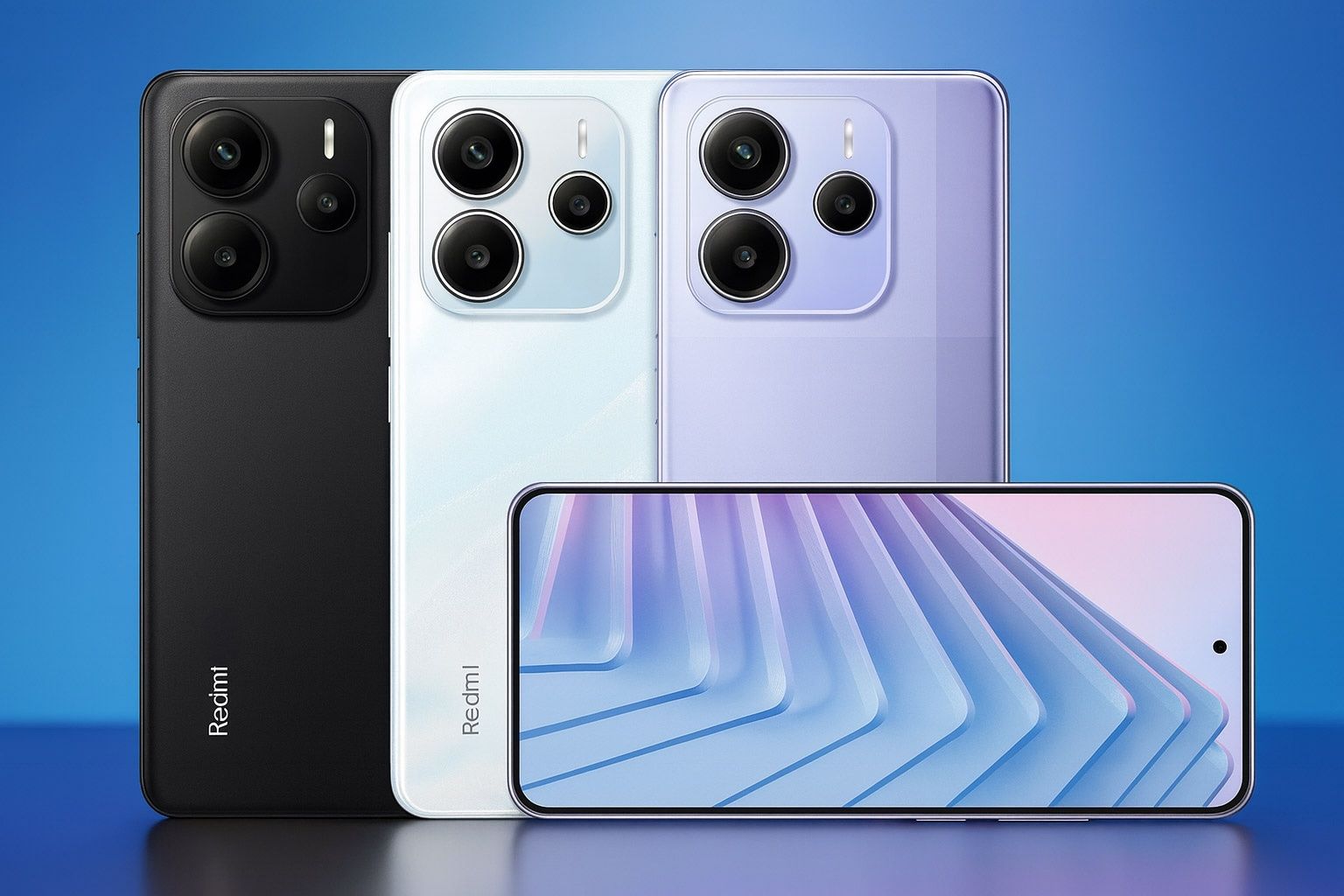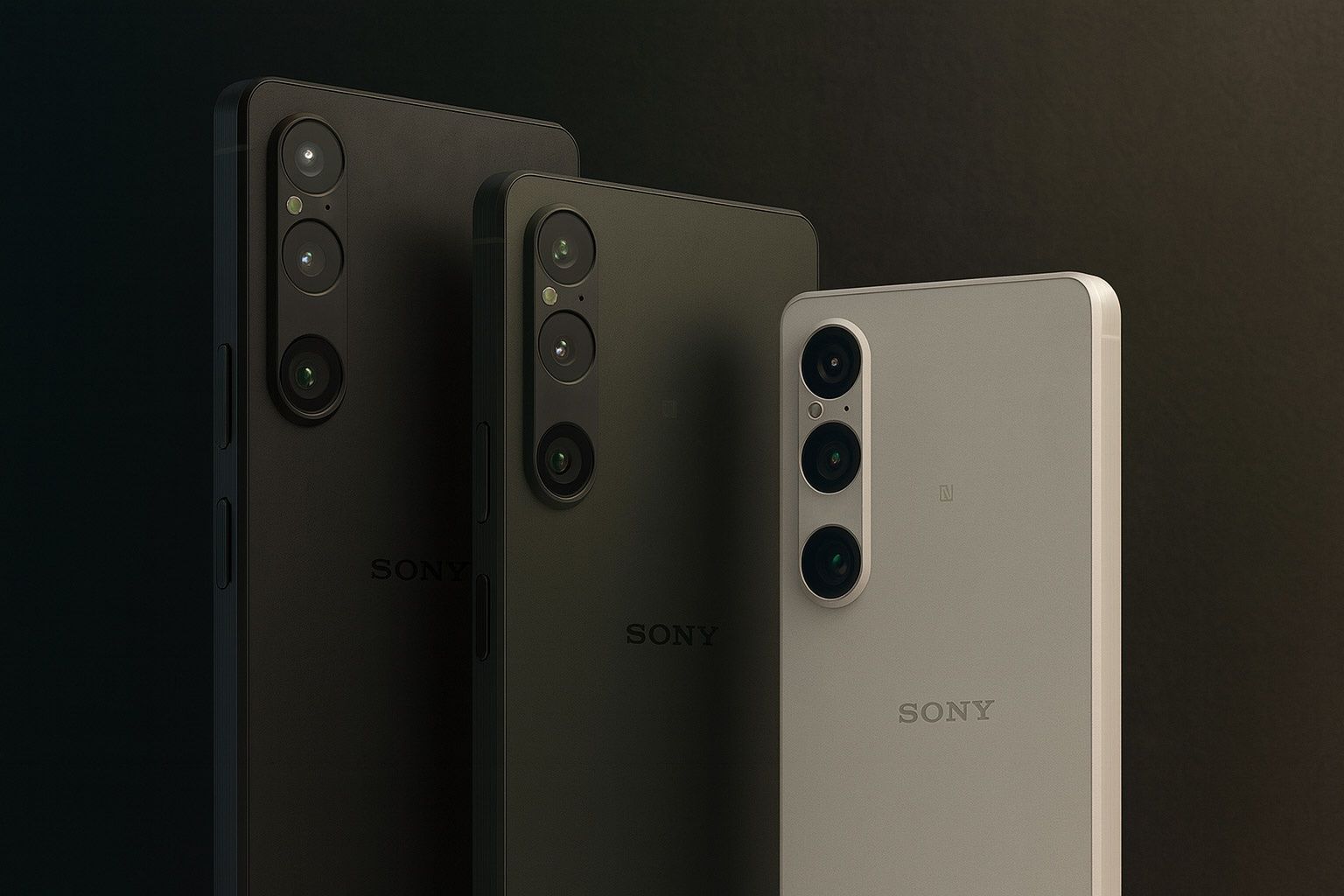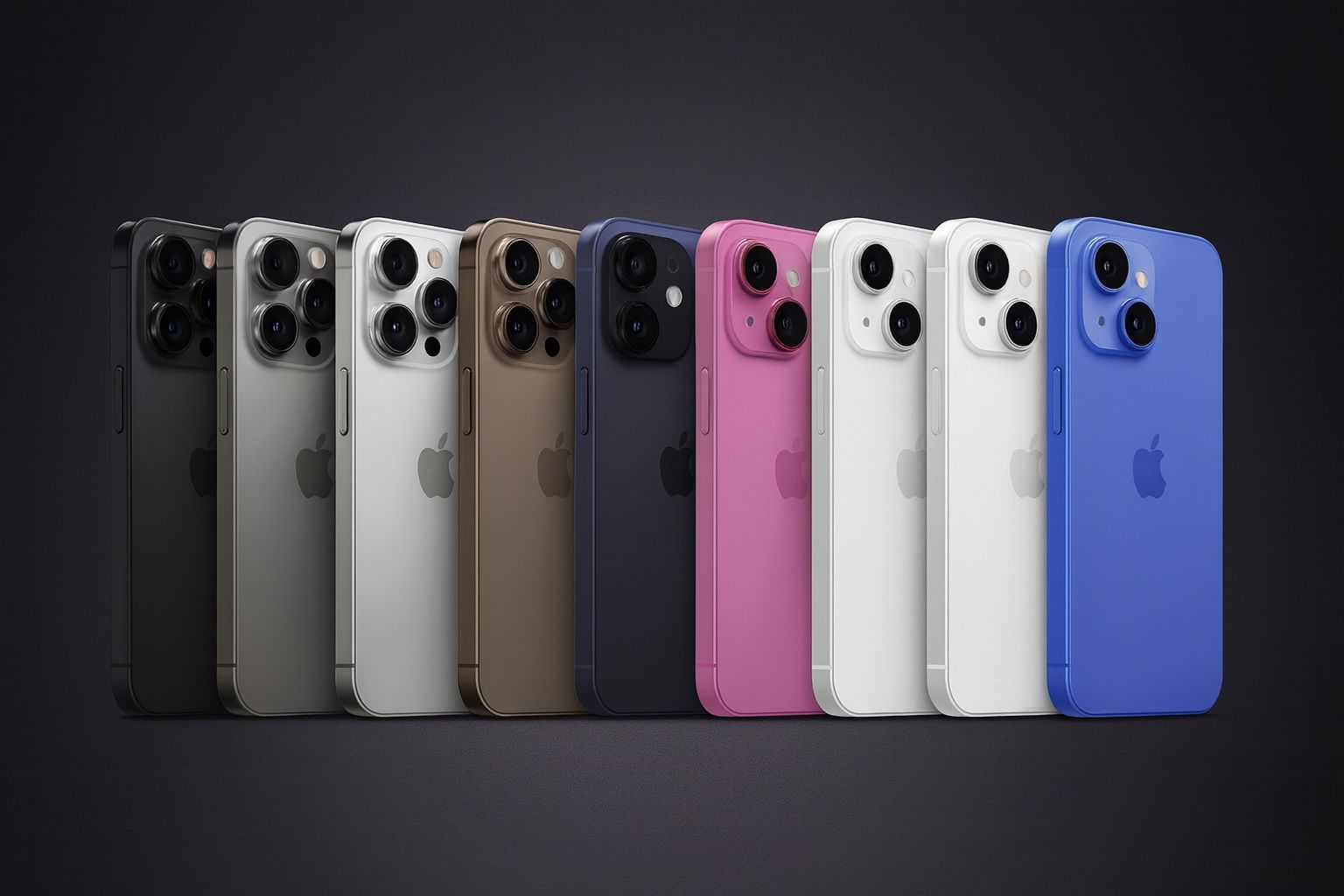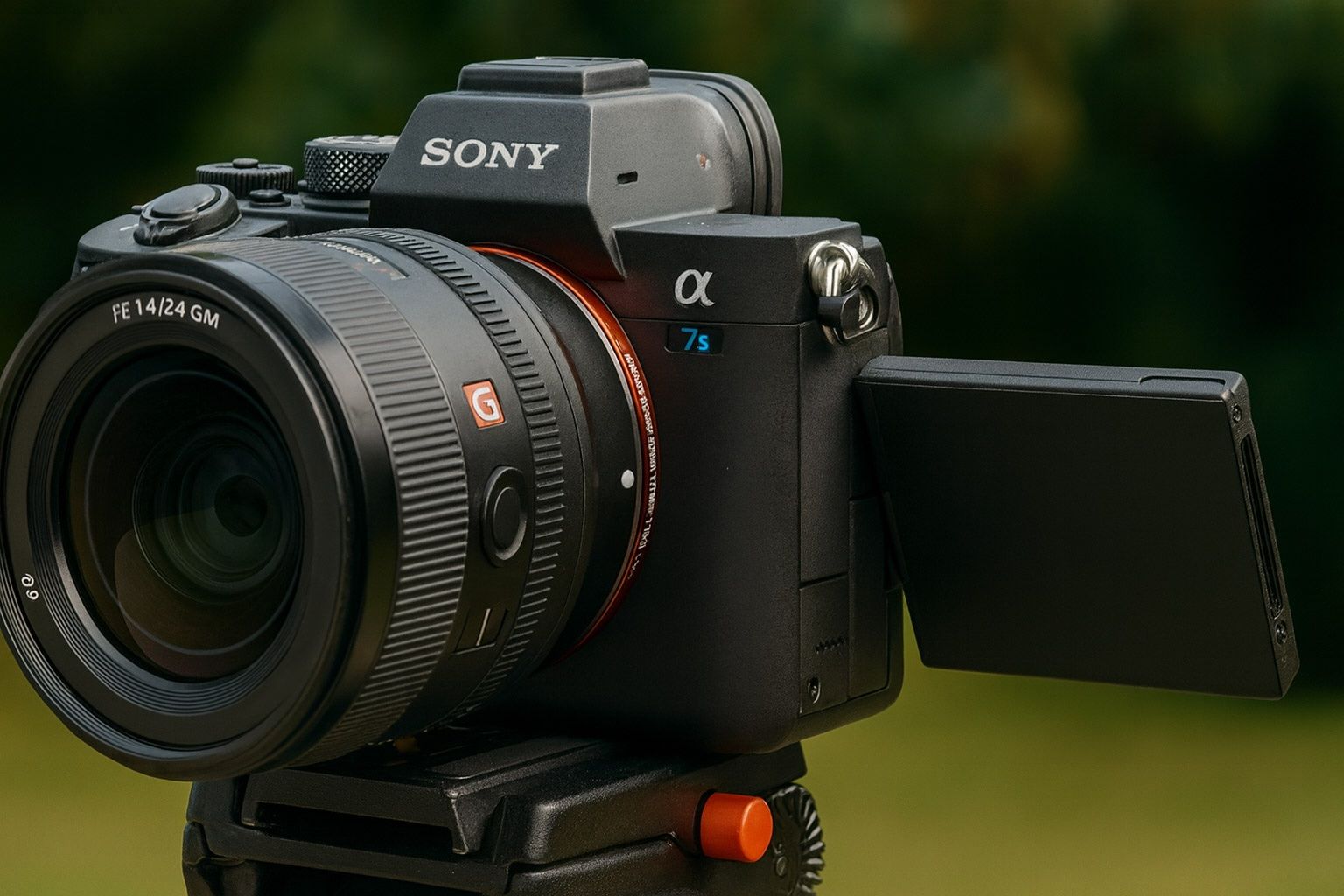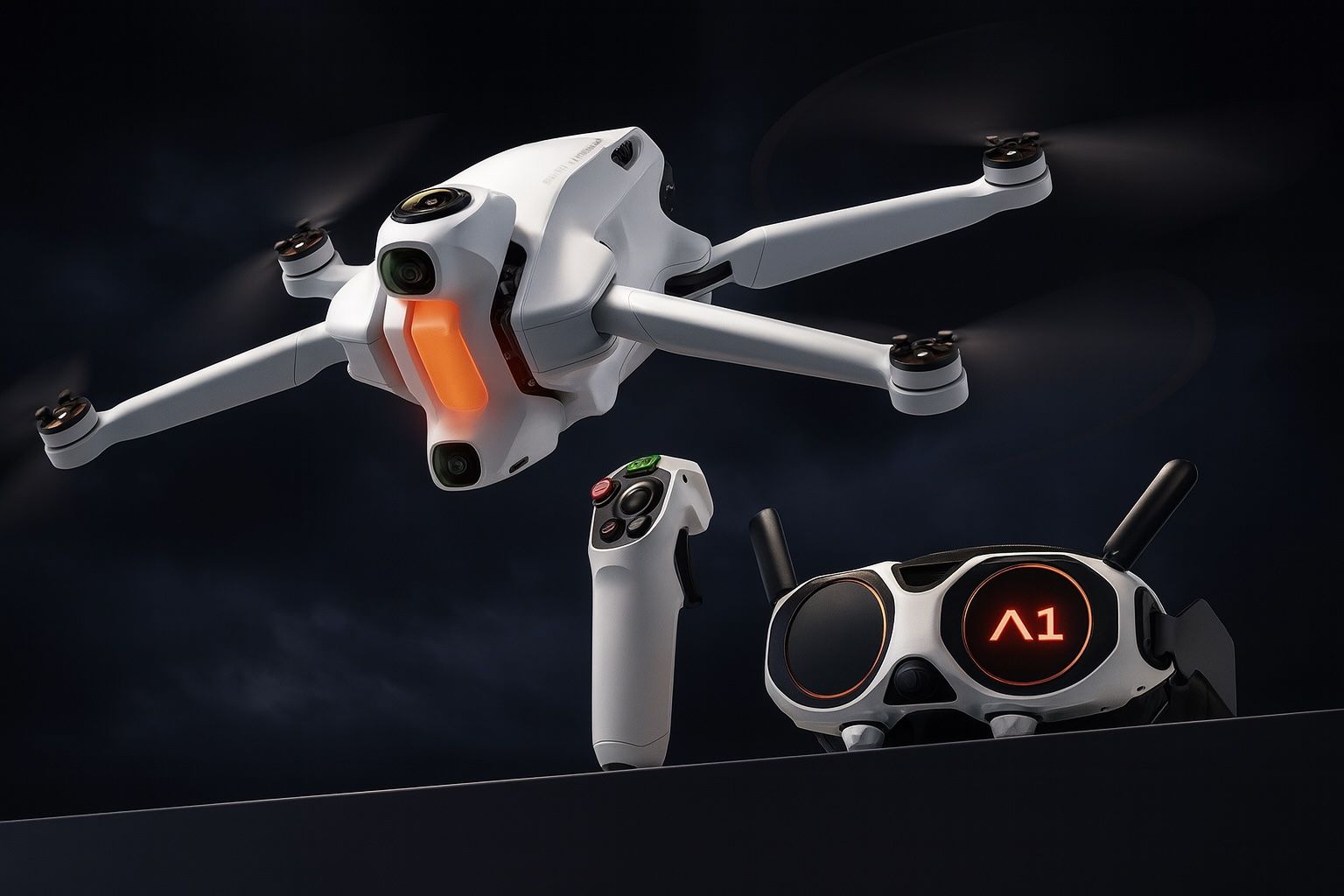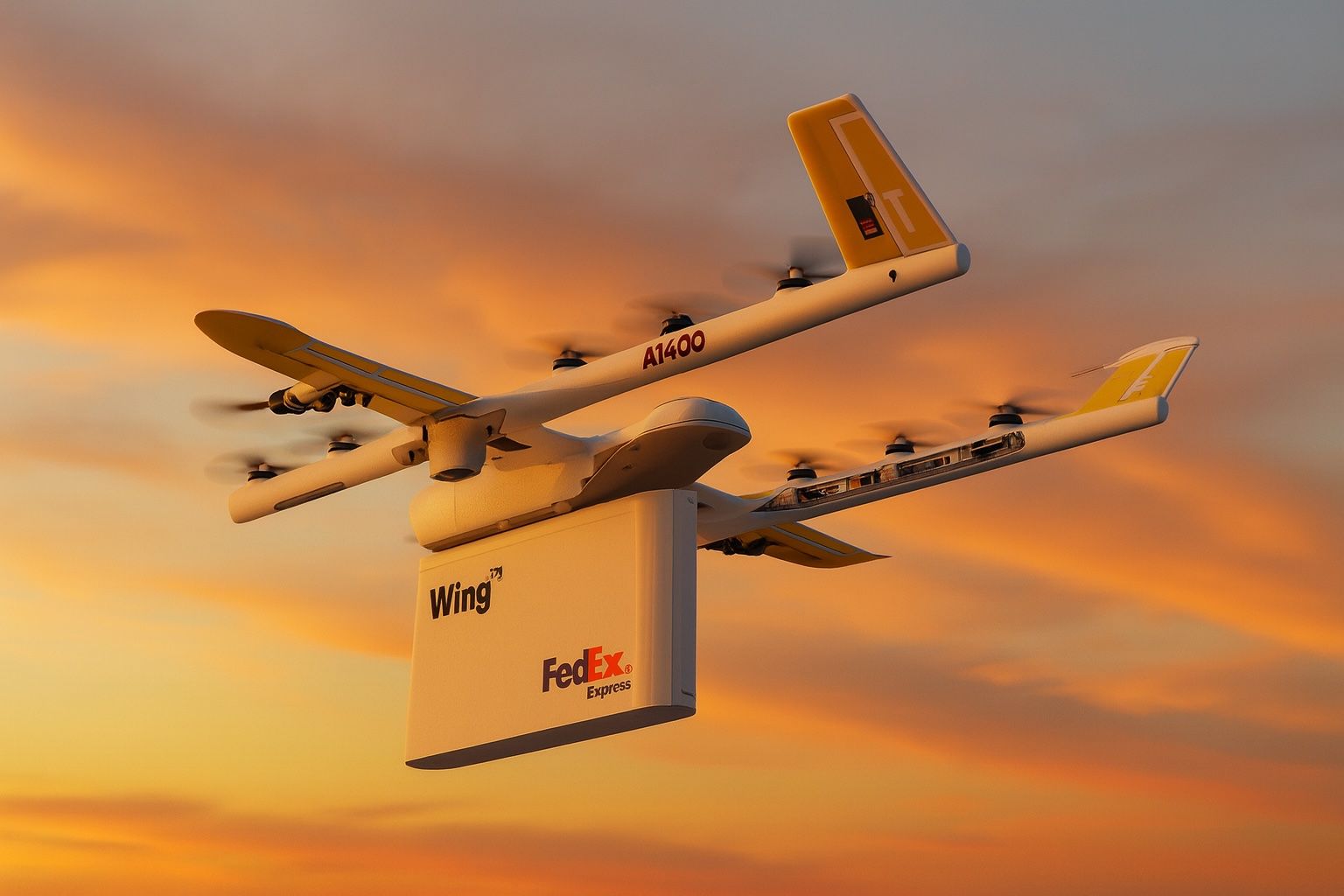
Mirrorless Camera Showdown: Olympus E-M1 III vs Canon M6 II vs Fujifilm X-S20 – The Winner Will Surprise You
Olympus OM-D E-M1 Mark III (2020) combines a 20.4 MP Live MOS Micro Four Thirds sensor with TruePic IX, up to 7.5-stop IBIS with Sync-IS, 1/32000s electronic shutter, 60fps (AF-locked) or ~18fps with AF, a 121-point on-sensor PDAF, dual SD
